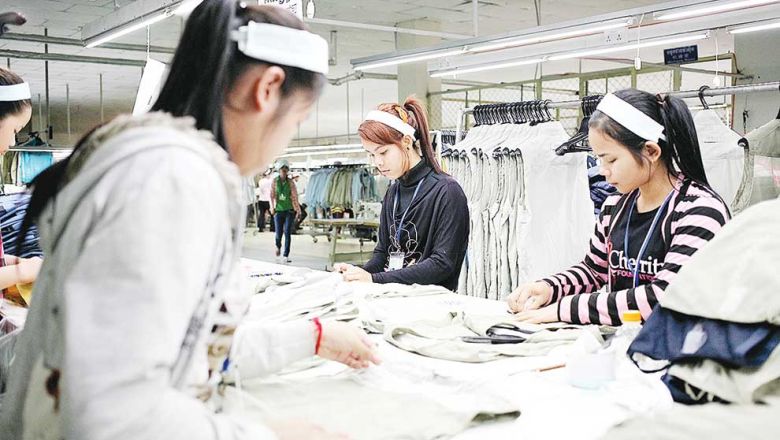Sinking feeling: CAA making a splash over aquaculture as sector flounders
Sinking feeling: CAA making a splash over aquaculture as sector flounders
Aquaculture production could experience a marginal decline this year as discouraging prices and other market forces prompt farmers to reduce the amount of juvenile fish used to stock their ponds, or go as far as to temporarily halt operations, according to the Cambodian Aquaculturist Association (CAA).
Chet Phirum, co-founder of CAA, which now boasts more than 300 member households, told The Post on August 10 that the number of fish stocked in ponds had dropped since April-May, as more farmers sell their cage-cultured produce without replenishing stocks with juvenile fish, and take a wait-and-see approach for future market opportunities.
Despite this, he said, the price of aquaculture fish in the local market has not seen a significant rise over the last couple of months.
CAA statistics show that aquaculture yield in the 315 fish farms run by its members in May was 10,356 tonnes – 7,259 of “pra” (Pangasius djambal), 1,858 of “chdo” (giant snakehead or Channa micropeltes), 893 of “po” (Pangasius larnaudii), 155 of “andeng” (most other non-shark catfish) and 191 of other fish species.
CAA projections show that the aquaculture business would be considerably unprofitable this year and that output would fail to meet expectations, according to Phirum.
The dwindling prices of preferred aquaculture fish varieties and the rising rates of the corresponding feed have pushed a number of farmers to gamble on different species perceived to be in higher demand, he said.
He hinted that “chdo” fish had become all the more coveted, now worth about 11,000 riel ($2.75) per kg, up from 9,200 riel early this year, while other species largely remained flat.
To expand domestic aquaculture capacity, it is necessary to, among many other things, improve business and production planning skills and other relevant technical competencies in the industry; identify, document and introduce the elements needed to generate market demand; build networks of clusters and producer groups for target markets; and draw up a clear and comprehensive strategy to compete in the free market, he said.
He also called on the government to deploy additional policies to support aquaculture, especially in the context of addressing electricity prices, irrigation, low-interest loans, or other measures that could encourage more juvenile fish to be moved from hatcheries to floating cages and hence ratchet up production.
Imports of fish must comply with standard operating procedures for the responsible circulation of aquatic life within ASEAN to create a level playing field, to avoid price dumping, and especially to protect domestic production.
Phirum said the CAA “requests the competent authorities and relevant institutions to strictly monitor the import of fish, in accordance with the quota set by the Ministry of Agriculture, [Forestry and Fisheries], to ensure fair competition and eliminate dishonest business practices.
“At the same time, we ask all Cambodians to embrace local products even more,” he said.
Phorn Rany, owner of the 2ha “CAN” fish farm in Prey Veng province’s Mesang district, highlighted that aquaculture continues to face stiff competition from imports – mostly from Vietnam.
The prices of many fish varieties have seen a marked reduction over the year, he said, adding that “andeng” catfish species now sell for no more than 4,300 riel per kg, whereas the same would fetch 6,000 riel last year.
He suggested that restrictions on imports could raise the prices of local fish to some extent. “Due to high production costs [feed and electricity], farmers have lost a lot of money and now the number of fish farms is declining,” Rany said.
He stressed, however, that another vital component for sustainable and prosperous local production was support from locals.
Aquaculture production in the Kingdom clocked in at 400,400 tonnes last year, up by 30.25 per cent from 307,408 tonnes in 2019, the ministry Fisheries Administration reported.














